The cornerstone of modern business is technology. Regardless of the field or industry, tech juggles many tasks across several departments. A wide array of specialized software applications is available to ease or automate many of these processes, whether associated with human resources, sales, or inventory management.
Software Integration and Software Connector: What’s the Difference to a Cannabis Company?
What’s the Difference Between Software Integrations and Connectors?
Software Connector or Software Integration Better for Cannabis?
Software Connectors for Low Touch Efficiency
Thinking of Cannabis ERP? What are the Benefits and Limitations of Cannabis ERP?
Software Integration for Complex Data Syncing
Canna Suite – The Best of Breed Approach to Cannabis
While these software solutions simplify tasks for individual teams, they can simultaneously complicate the company’s overall management by forming isolated pockets of information and processes.
The solution to these disjointed systems has traditionally relied on unification through ERP and/or various integrations, such as APIs and connectors.
Software integrations and software connectors are both tools used to allow different software systems to communicate with each other. They facilitate data exchange and enable diverse applications to work together. However, they have different characteristics and serve distinct purposes:
What’s the Difference Between Software Integrations and Connectors?
Software integration refers to making two or more software systems work together in a coordinated manner. It often involves custom coding to create a bridge between the different systems, allowing them to share information and perform actions based on the data they receive from each other. Software integrations are typically complex and require significant planning and development effort. They are usually built for specific use-cases and allow for a deep level of interoperability between the systems.
Software connectors, on the other hand, are more like plug-and-play solutions that allow data to be shared between systems. They are pre-built interfaces or APIs that can be used to link different software applications without requiring extensive custom coding. A third-party vendor might develop a software connector, or it could be built into the software system itself. Connectors are typically easier to implement than integrations, but they may not offer the same level of depth or customization.
Software Connector or Software Integration Better for Cannabis?
It depends. While both software integrations and connectors are designed to facilitate communication between software systems, integrations usually involve custom development for specific use cases and offer a deep level of interoperability. In contrast, connectors are pre-built solutions that provide a more straightforward, possibly less customizable, method of linking systems together.
Software Connectors for Low Touch Efficiency
There are several instances where a legal cannabis company might prefer to use a software connector over a software integration:
- Quick Implementation: If the cannabis company needs to quickly implement a solution that enables two or more software systems to communicate, a software connector would be the ideal choice. These pre-built solutions can be plugged in and set up relatively quickly compared to a custom-built integration.
- Cost-Effectiveness: Software connectors are often less expensive than custom-built software integrations. Using a connector can be a more cost-effective solution if the company is on a tight budget.
- Limited Resources: If the company lacks the necessary resources or technical expertise to develop a custom integration, a software connector can provide a simpler and more manageable solution.
- Standard Processes: A software connector should suffice if the data sharing and processes between the systems are standard and don’t require any specific customization.
- Vendor Support: If the software systems offer vendor-supported connectors, these can often be a good choice as they come with technical support and updates.
- Temporary Solution: Sometimes, an interim solution is needed while a more complex integration is being developed; software connectors can fill that gap.
- Low Complexity: A connector can easily handle this task if the data exchange between the systems is not complex and doesn’t require special data manipulation or transformation.
However, it’s important to remember that while connectors can offer a quick and easy solution, they might provide a different level of functionality, customization, and depth than custom-built software integration. Therefore, the decision between using a connector or an integration should be based on the specific needs and resources of the business.
Thinking of Cannabis ERP? What are the Benefits and Limitations of Cannabis ERP?
Software Integration for Complex Data Syncing
While software connectors offer a convenient and relatively quick solution, there are situations where a cannabis company may opt for a software integration over a software connector:
- Customization Needs: If the cannabis company has specific, unique, or complex requirements that cannot be met by pre-built software connectors, a custom software integration may be needed. Custom integration could be the best option if they require unique data manipulation or transformation or need to integrate a proprietary system.
- Deep Interoperability: A custom integration might be more suitable if the company needs a deep level of interoperability between systems, such as invoking complex processes or workflows across systems.
- Scalability: Custom integrations can be designed to grow with the company, accommodating increased data volumes and more complex processes as the business expands.
- High-Level Data Syncing: The need for high-level data syncing between systems (such as real-time data exchange) usually requires a custom software integration.
- Long-Term Solution: If a cannabis company is looking for a long-term solution that can be adjusted and updated as its needs evolve, a custom software integration could be a better choice.
- Complex Business Operations: Companies dealing with complex business operations may require a custom integration to ensure that all software applications effectively communicate and share data. For instance, a cannabis business may need to tie together cultivation, manufacturing, distribution, and sales data, which might necessitate a custom integration.
Canna Suite – The Best of Breed Approach to Cannabis
While software connectors can provide an immediate, often less costly solution, cannabis operators should choose between the two per their company’s specific needs, resources, and long-term objectives.
Canna Suite is a Best of Breed approach to integrating systems, saving cannabis businesses time and money, giving them transparency and automation with better accuracy, enhancing business processes, and allowing companies to capitalize on the growth they invariably experience.
Canna Suite’s single-partner approach for software selection, integration, support, and reporting means you can select different software solutions that fit each department’s needs from one partner when needed.




